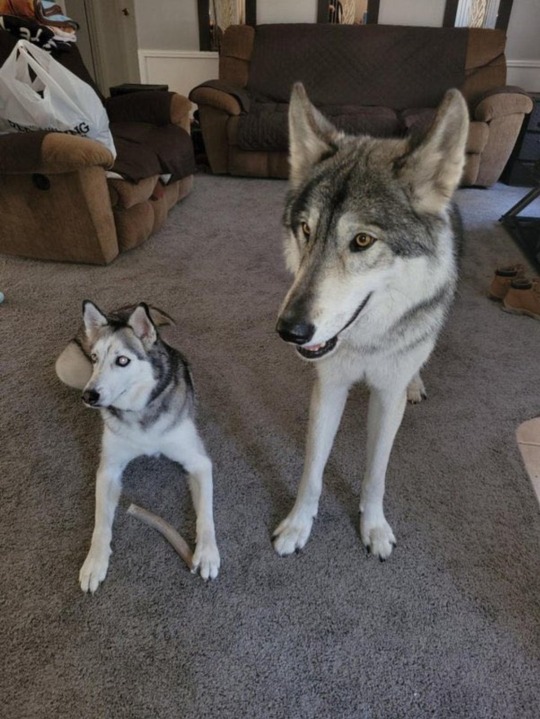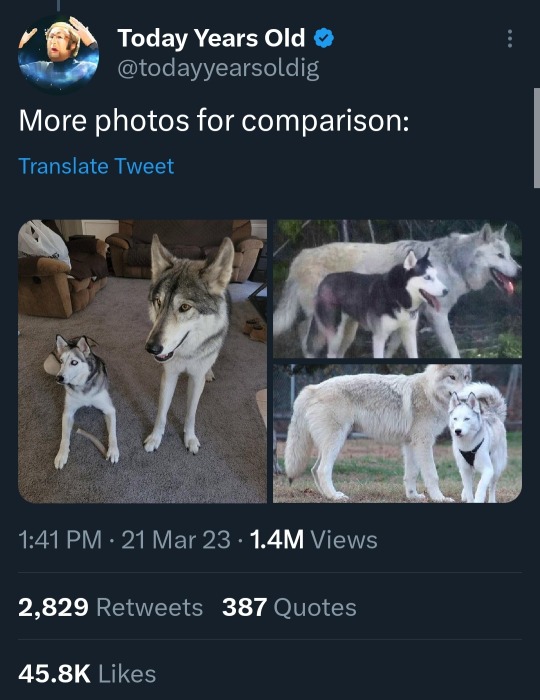Oliver - 20 - Previous Doggy Daycare/Boarding attendant - Transmasc - He/It - Chronic pain - Disabled dog lover - First time cat dad - A blog for pet stuff, kin stuff, and work posting!!
Last active 60 minutes ago
Don't wanna be here? Send us removal request.
Text
annual post telling people to stop slandering “kill shelters” as if they want to euthanize healthy animals. stop believing the evil kill shelter narrative and instead consider how bad it would be for the animals if we had no open intake shelters.
8K notes
·
View notes
Text
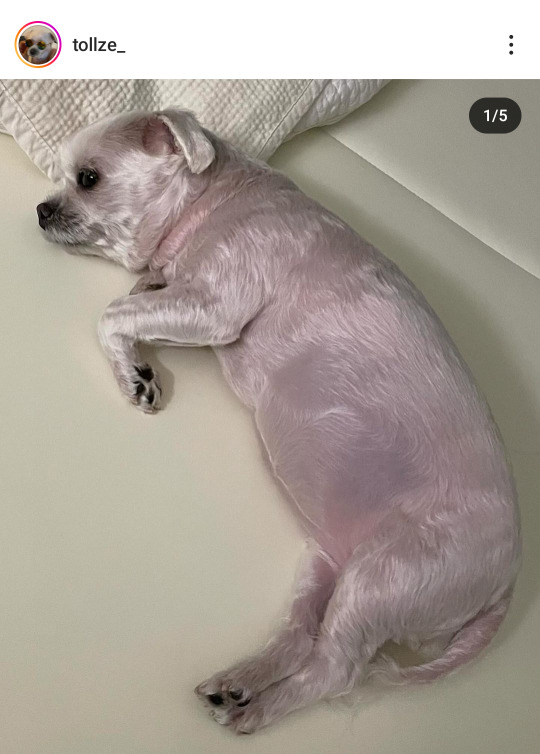
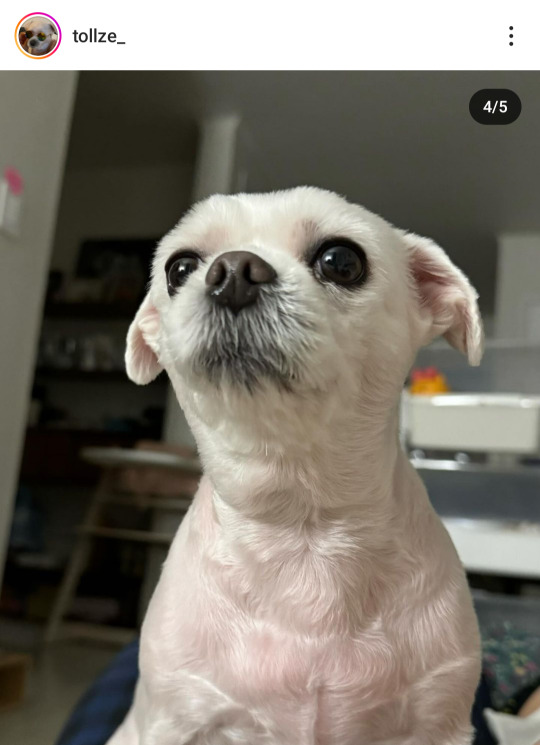
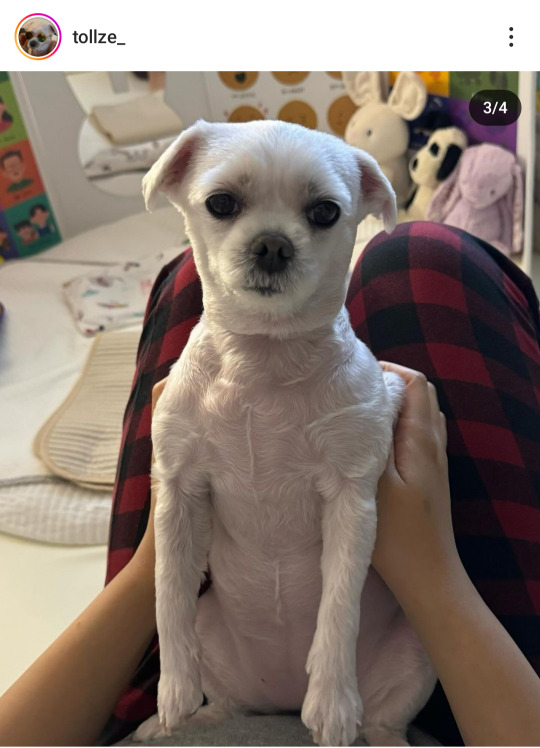

"obsessed with this weird piglet baby thang i keep seeing on insta, so smooth, so lusciously supple"
oh yes VERY wonderful she has the texture of a fuzzy baby mouse
2K notes
·
View notes
Text
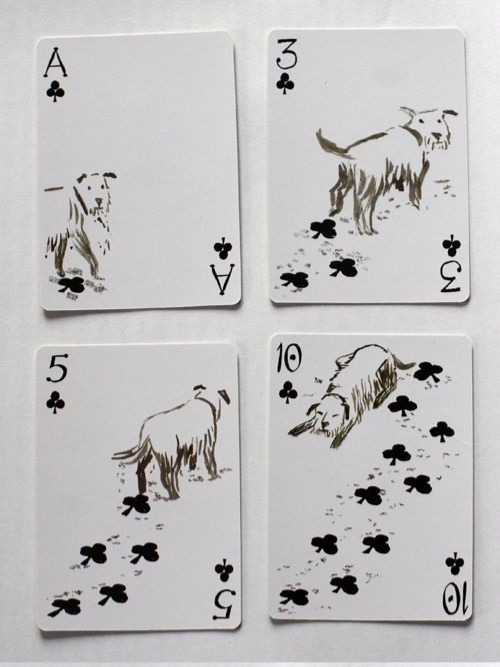


these are the best cards on the planet and no one can tell me otherwise
(etsy)
49K notes
·
View notes
Text
I know I’ve talked about purebred vs domestic cats here and there on this blog, but I thought I would bring it up again after finding this fantastic article. Seriously, go check it out.
I often see a lot of people asking “what breed is my cat?” or stating that they think their cat is a a maine coon or other breed on a few vague traits. This stems from a fundamental misunderstanding of cat breeds and how they were formed, and how differently cats were domesticated compared to dogs, which seems to be our “standard” when it comes to domestication.
Rather than being selectively bred and domesticated for thousands of years like dogs, cats domesticated themselves. They were not chosen for specific traits like herding or guarding or hunting; they kept mice away, and so they were allowed to stick around. Humans hardly had anything to do with breeding cats selectively until about 150 years ago. Because of this, the type of cat that all breeds stem from is very much still around in the world’s domestic cat population.
Current cat breeds (maine coon, russian blue, ragdoll, etc) were developed by selectively breeding domestic cats chosen for particular traits (a breed standard). These selectively bred “purebred” or “pedigree” cats are a minority, and most cats existing outside of catteries are domestic cats that have zero human intervention in their breeding or bloodlines.
This means that the large majority of cats found on the streets, in shelters, or in homes are domestic cats that were not bred with human intervention. Sure, there may be the occasional purebred cat that escapes or is dumped into a feral colony, but those cats are few and far between. About 1-3% of cats in the entire world are considered pedigreed cats, whereas 97-99% are not, so chances of finding a purebred cat out on the streets would be pretty slim. Due to pedigree cat breeds being so new, if a purebred cat was introduced to a colony and survived to breed, it would lose its purebred traits within a few generations rather than retaining them as a dog might.
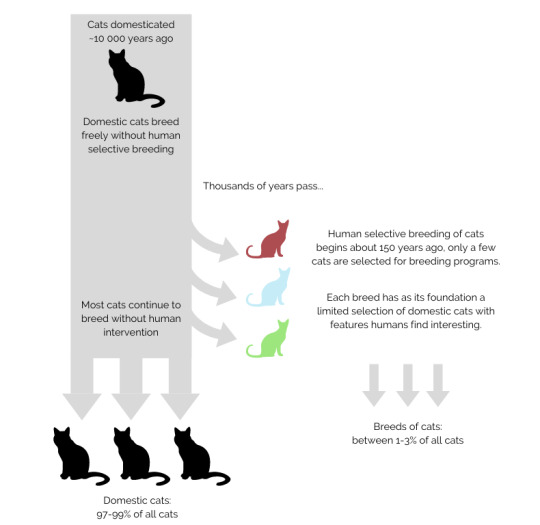
With these chances it is incredibly unlikely for a cat rescued from the streets or acquired somewhere else (petstore, kijiji, farm, etc) to be an actual breed of cat. If your cat wasn’t from a cattery and doesn’t have papers, it is almost certainly not a purebred cat.
Labelling your cat as a breed it isn’t can make it difficult to address the needs of your cat. Certain traits (anxiety, aggression, health problems, obesity, etc) could be written off as a “breed trait” in your cat when it isn’t and should be addressed to ensure your cat is happy and healthy. A cat could suffer for being wrongly labelled as a purebred.
Cats don’t need to be a fancy breed in order to be unique, special, and loved. Love and be proud of the cat you have and not the one you wish you had. Chances are your cat is pretty awesome, purebred or not.
17K notes
·
View notes
Text
i used to say “puppypuppy” to call the loma babies when they were really small. for outside playtime, for mealtimes, for snuggles, whatever. now when i say it, it activates some feral part of their brain. this works on all of them btw.
64K notes
·
View notes
Text

As summer is approaching, I’d like to share this bird-friendly beach etiquette reminder. A lot of people let their dogs roam freely on the beach, but dogs that chase wildlife can have a detrimental effect on the animals that have no choice but to share the shoreline with us. Please enjoy the summer with your pets and make sure to give wild animals plenty of space!
24K notes
·
View notes
Text
Munchkin cats are a genetic abomination and no, I will not apologise.
Yeah, these cats are cute, and they themselves do not deserve hate (after all, it's us humans who intentionally breed and sell them and label their genetic defects 'adorable') but as you can probably tell, I hate the breeding and selling of these cats. It is cruel.
First, let's compare the munchkin cat's stature to that of a normal cat. Munchkin cats' legs can vary in length, though most purebred Munchkin cats will have legs shorter than that of a typical domestic cat. Many breeders have begun to group Munchkin cats based on their leg length.

From left to right: Non-munchkin (legs not short), 'standard' (legs shorter by 1-2"), 'super-short' (legs shorter by 2-3"), 'rug-hugger' (legs shorter by 3+")
As you can see, Munchkins, especially the super-short and rug-hugger varieties, have shockingly short statures. It can be hard to see just how extreme the difference is until you compare them to a standard cat. Still, how is this a problem?
Well, for one, it restricts natural behaviours. Cats are naturally semi-arboreal. They are born with the instinct to climb and jump. Their brains are wired to find comfort and security in high places.
A typical domestic cat can easily, and will gladly, jump up to 100 centimetres (2 ft, 3"). Most typical domestic cats can even reach heights of 150-180 centimetres (4 ft, 11" to 5 ft, 10").
Due to the Munchkins' short legs, the height they are capable of jumping is restricted. The standard Munchkin may be able to jump almost as well as a typical cat, perhaps up to 140 centimetres (4 ft, 7"). However, there is no way a super-short or rug-hugger Munchkin could jump so high.
You can really see the difference in abilities in these two videos:
A typical (non-munchkin) cat jumping heights of up to 101 cm (40")
A Munchkin cat jumping approximately 80-90 cm (31-36")
Cats, even Munchkins, have the instinct to jump and a love of high places. Taking an animal that needs to and loves to jump but physically cannot is unbelievably cruel. It can cause stress and frustration to the cat and, if the cat regularly attempts to jump but fails, may result in injury.
"But if standard munchkins can still jump, why not just breed them. The point on natural behaviour only applies to some munchkins, so you've got to give me more than that to convince me this breed is suffering!"
May I present you with skeletal deformities as a point then?
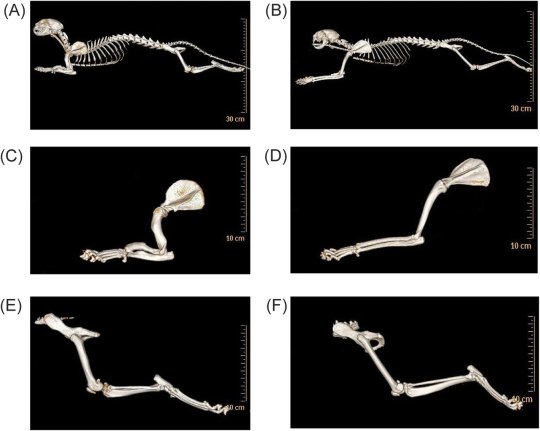
The genetic mutation causing the short-legged trait in Munchkins is referred to as achondroplasia, the genetic disorder that results in dwarfism.
This disorder is associated with multiple conditions, exhibited by the vast majority, if not all, Munchkin cats (yes, including the 'standard' variety.
A shortened, bent ulna and radius.
Lordosis - excessive curvature of the spine due to shortened muscles.
Pectus Excavatum - horizontal narrowing of the chest due to sternum and costal cartilage deformities.

(above) one of the two Munchkins rescued and adopted by Gatehouse Veterinary Centre in Wrexham, UK. The two rescue Munchkins, Bonnie and Clyde, experience issues typical of the Munchkin. They are both on long-term pain relief as well as joint supplements.
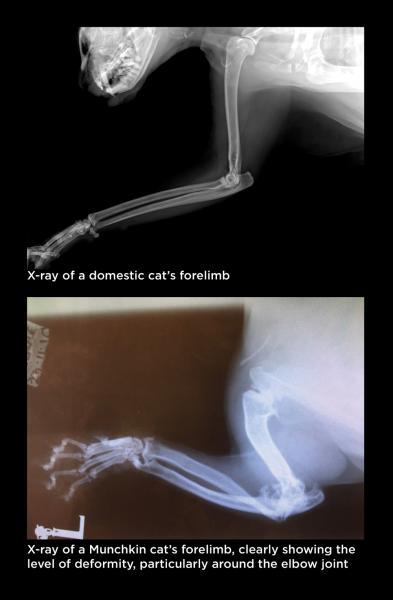
The Munchkins' skeletal deformities drastically increases the chance of severe Osteoarthritis. They are also susceptible to developing arthritis at a much younger age than a typical cat.
This condition causes a lot of discomfort and pain in the joints. It can restrict a cat's ability to jump, which, for a Munchkin (a breed that is already restricted in terms of activity), is not good.
Osteoarthritis requires regular medication to manage the pain, as well as decreased activity, which can be very distressing for a cat, who has no idea why they feel the way they do.
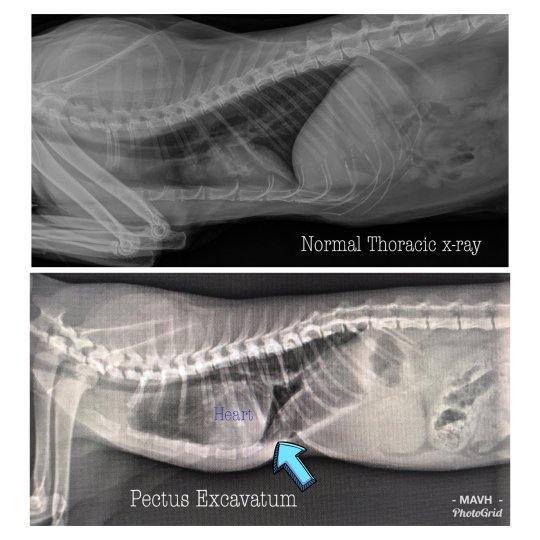
Pectus Excavatum is also frequently exhibited in Munchkins as a result of the gene that causes their shortened legs.
Pectus Excavatum is a condition in which, as a result of malformation of the sternum, the chest is narrowed.
This reduces space for the heart and lungs. Depending on the severity of the condition, cats with Pectus Excavatum may experience severe cardiac and lung problems, causing difficulty breathing and increased respiratory rate.
This is NOT a rare condition in Munchkins.
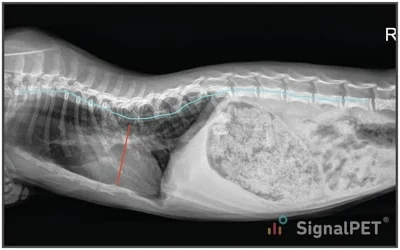
Lordosis is a term for excessive curvature of the spine. It is caused by shortened muscles and the impaired posture and gait having shortened legs (especially on the front side) causes.
Lordosis can cause back and shoulder pain, which can severely and negatively impact a cat's quality of life.
Over time, severe cases of lordosis in cats may cause gait changes and/or weakness.

Unfortunately, due to the Munchkin's skeletal deformities and high incidence of severe Osteoarthritis, their average life expectancy is shorter than that of a non-Munchkin cat.
While the average life expectancy of an indoor Domestic Shorthair (cat of no breed) is 15-20 years, the average life expectancy of an indoor Munchkin is 12-15 years, approximately 5-8 years shorter than a typical cat.
The Munchkin cat's abnormally high incidence of medical problems, restricted natural behaviours, and shortened life expectancy has led to legal restrictions being put in place in some places to prevent the further suffering of these cats.
In the Netherlands, as of 2014 it is prohibited by law to intentionally breed Munchkins. This is the same case in Victoria, a state in Australia.
The Australian Capital Territory (a territory in Australia) government considers Munchkin cats to be "malformed animals" and the breeding of them "unnaceptable" due to the "genetic health problems associated with such breeding".
For the health and welfare of cats, we need to ban the breeding of Munchkins worldwide.
Please, do not purchase a Munchkin from a breeder or pet store as this encourages the breeding of these cats. If you really want a Munchkin and you're prepared for the issues the cat will likely face, search for a Munchkin at local animal rescues.

Sources
https://www.petmd.com/cat/breeds/munchkin
https://icatcare.org/advice/munchkin/
https://kb.rspca.org.au/knowledge-base/what-are-the-health-and-welfare-issues-associated-with-exaggerated-physical-features-in-cats/
https://www.ufaw.org.uk/cats/munchkin-limb-deformity
https://thelittlecarnivore.com/en/blog/munchkin-cat-do-they-suffer-health-issues-and-ethics
https://www.petrebels.com/en/cat-breeds-munckin/
#It's similar to breeding those massive pitbulls that are mostly muscle with massive heads#but absolutely tiny as hell legs#like how tf do you expect that animal to function properly????#also s/o to Scottish folds for being the other worst cat breed
8K notes
·
View notes
Text
Munchkin cats are a genetic abomination and no, I will not apologise.
Yeah, these cats are cute, and they themselves do not deserve hate (after all, it's us humans who intentionally breed and sell them and label their genetic defects 'adorable') but as you can probably tell, I hate the breeding and selling of these cats. It is cruel.
First, let's compare the munchkin cat's stature to that of a normal cat. Munchkin cats' legs can vary in length, though most purebred Munchkin cats will have legs shorter than that of a typical domestic cat. Many breeders have begun to group Munchkin cats based on their leg length.

From left to right: Non-munchkin (legs not short), 'standard' (legs shorter by 1-2"), 'super-short' (legs shorter by 2-3"), 'rug-hugger' (legs shorter by 3+")
As you can see, Munchkins, especially the super-short and rug-hugger varieties, have shockingly short statures. It can be hard to see just how extreme the difference is until you compare them to a standard cat. Still, how is this a problem?
Well, for one, it restricts natural behaviours. Cats are naturally semi-arboreal. They are born with the instinct to climb and jump. Their brains are wired to find comfort and security in high places.
A typical domestic cat can easily, and will gladly, jump up to 100 centimetres (2 ft, 3"). Most typical domestic cats can even reach heights of 150-180 centimetres (4 ft, 11" to 5 ft, 10").
Due to the Munchkins' short legs, the height they are capable of jumping is restricted. The standard Munchkin may be able to jump almost as well as a typical cat, perhaps up to 140 centimetres (4 ft, 7"). However, there is no way a super-short or rug-hugger Munchkin could jump so high.
You can really see the difference in abilities in these two videos:
A typical (non-munchkin) cat jumping heights of up to 101 cm (40")
A Munchkin cat jumping approximately 80-90 cm (31-36")
Cats, even Munchkins, have the instinct to jump and a love of high places. Taking an animal that needs to and loves to jump but physically cannot is unbelievably cruel. It can cause stress and frustration to the cat and, if the cat regularly attempts to jump but fails, may result in injury.
"But if standard munchkins can still jump, why not just breed them. The point on natural behaviour only applies to some munchkins, so you've got to give me more than that to convince me this breed is suffering!"
May I present you with skeletal deformities as a point then?

The genetic mutation causing the short-legged trait in Munchkins is referred to as achondroplasia, the genetic disorder that results in dwarfism.
This disorder is associated with multiple conditions, exhibited by the vast majority, if not all, Munchkin cats (yes, including the 'standard' variety.
A shortened, bent ulna and radius.
Lordosis - excessive curvature of the spine due to shortened muscles.
Pectus Excavatum - horizontal narrowing of the chest due to sternum and costal cartilage deformities.

(above) one of the two Munchkins rescued and adopted by Gatehouse Veterinary Centre in Wrexham, UK. The two rescue Munchkins, Bonnie and Clyde, experience issues typical of the Munchkin. They are both on long-term pain relief as well as joint supplements.

The Munchkins' skeletal deformities drastically increases the chance of severe Osteoarthritis. They are also susceptible to developing arthritis at a much younger age than a typical cat.
This condition causes a lot of discomfort and pain in the joints. It can restrict a cat's ability to jump, which, for a Munchkin (a breed that is already restricted in terms of activity), is not good.
Osteoarthritis requires regular medication to manage the pain, as well as decreased activity, which can be very distressing for a cat, who has no idea why they feel the way they do.

Pectus Excavatum is also frequently exhibited in Munchkins as a result of the gene that causes their shortened legs.
Pectus Excavatum is a condition in which, as a result of malformation of the sternum, the chest is narrowed.
This reduces space for the heart and lungs. Depending on the severity of the condition, cats with Pectus Excavatum may experience severe cardiac and lung problems, causing difficulty breathing and increased respiratory rate.
This is NOT a rare condition in Munchkins.

Lordosis is a term for excessive curvature of the spine. It is caused by shortened muscles and the impaired posture and gait having shortened legs (especially on the front side) causes.
Lordosis can cause back and shoulder pain, which can severely and negatively impact a cat's quality of life.
Over time, severe cases of lordosis in cats may cause gait changes and/or weakness.

Unfortunately, due to the Munchkin's skeletal deformities and high incidence of severe Osteoarthritis, their average life expectancy is shorter than that of a non-Munchkin cat.
While the average life expectancy of an indoor Domestic Shorthair (cat of no breed) is 15-20 years, the average life expectancy of an indoor Munchkin is 12-15 years, approximately 5-8 years shorter than a typical cat.
The Munchkin cat's abnormally high incidence of medical problems, restricted natural behaviours, and shortened life expectancy has led to legal restrictions being put in place in some places to prevent the further suffering of these cats.
In the Netherlands, as of 2014 it is prohibited by law to intentionally breed Munchkins. This is the same case in Victoria, a state in Australia.
The Australian Capital Territory (a territory in Australia) government considers Munchkin cats to be "malformed animals" and the breeding of them "unnaceptable" due to the "genetic health problems associated with such breeding".
For the health and welfare of cats, we need to ban the breeding of Munchkins worldwide.
Please, do not purchase a Munchkin from a breeder or pet store as this encourages the breeding of these cats. If you really want a Munchkin and you're prepared for the issues the cat will likely face, search for a Munchkin at local animal rescues.

Sources
https://www.petmd.com/cat/breeds/munchkin
https://icatcare.org/advice/munchkin/
https://kb.rspca.org.au/knowledge-base/what-are-the-health-and-welfare-issues-associated-with-exaggerated-physical-features-in-cats/
https://www.ufaw.org.uk/cats/munchkin-limb-deformity
https://thelittlecarnivore.com/en/blog/munchkin-cat-do-they-suffer-health-issues-and-ethics
https://www.petrebels.com/en/cat-breeds-munckin/
#It's similar to breeding those massive pitbulls that are mostly muscle with massive heads#but absolutely tiny as hell legs#like how tf do you expect that animal to function properly????#also s/o to Scottish folds for being the other worst cat breed
8K notes
·
View notes
Photo

Source: [x]
Follow Ultrafacts for more facts!
89K notes
·
View notes
Text

Self proclaimed animal luvr i hate humans internet warrior logic
#the biggest irony on this gay Earth#is just how little ''animal lovers'' actually know about animals
28K notes
·
View notes
Note
Do you know what the consensus on pit bulls is? Some people say the negative stereotypes surrounding them are unfair, while others insist they’re inherently dangerous dogs that shouldn’t be kept as pets. Both views are biased to some degree, so I don’t know which to believe.
they're just. dogs.
and same as german shepards, same as huskies, same as dalmations, they have specific breed requirements and aren't right for every home! also like all dogs, they have to be trained to be a reliable and safe pet. but with their needs met and good training, they're about the same as any other dog in their size range (with individual exceptions for personal history and trauma of course)
14K notes
·
View notes
Text

Ieva Trinkūnaitė - Missing Each Other, 2023
399 notes
·
View notes
Text
This is going to be an unpleasant post but I need to talk to y’all about heat stroke in dogs. I am an ER vet and I am seeing firsthand the death toll that this heat wave is taking on our pets. In the past two weeks, for every single weekend shift I have worked, we have had at least one DOA with a body temperature over 107 degrees. One of them had simply been on a 20 minute walk at 5pm. All of them were brachycephalic (short faced breeds like pugs and french bulldogs). Their owners were in shock that this could happen so quickly, and their grief lingers with me.
If you have a dog, and especially if you have a brachycephalic dog, you need to familiarize yourself with the signs of heat stroke. Do not take your dogs out in the heat of the day, be aware of the pavement temperature, and always have fresh water available for them. When I am outdoors with my dog I am checking on him constantly. This heat wave is extremely serious; I need you to keep yourself and your pets safe.
18K notes
·
View notes

